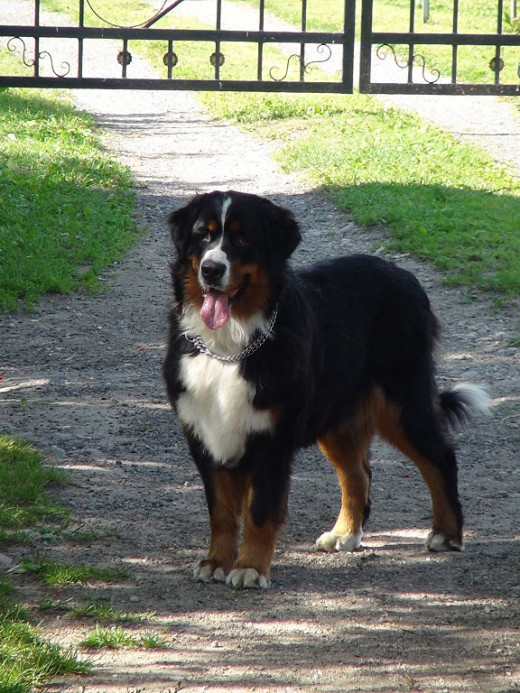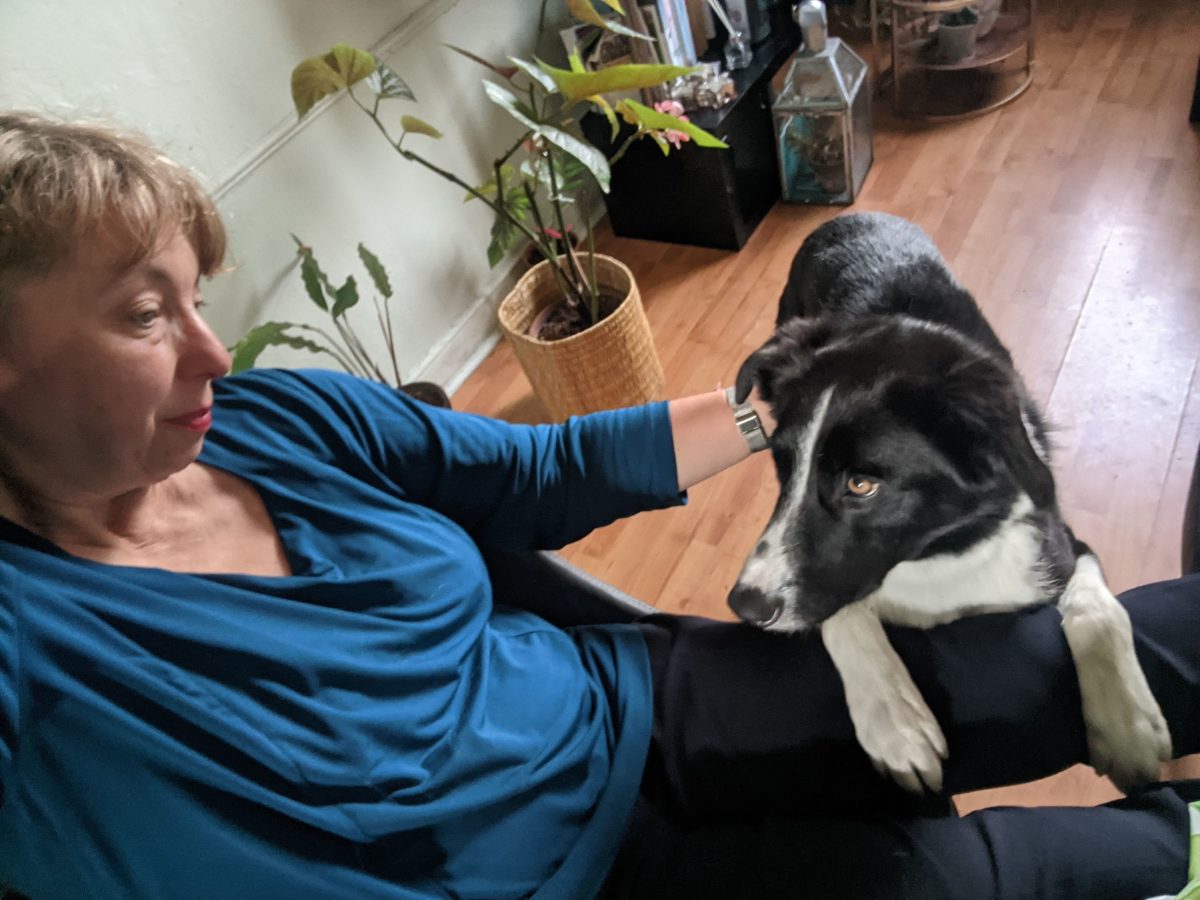FAQs About Dog Spaying and Neutering: Answers From a Vet

Many dog owners struggle with the decision of whether or not to spay or neuter their pets. Some may be concerned about the risks of the procedures, while others may wonder where they can find the money for the surgery or if they would like to allow their pets to have a litter or two of puppies.
According to WebMD, "An estimated 5 million to 8 million animals are euthanized in shelters across this country every year.” Spaying or neutering your dog is one way to cut down on the number of these yearly euthanizations.
In today's interview, Dr. Cathy Alinovi, owner of HealthyPAWsibilities busts some of the most common myths about spaying/neutering and offers valuable tips and advice for pet parents about this sensitive topic.
Question 1: What do the terms spaying and neutering mean?
Dr. Cathy: Spay is the surgery performed on a female dog. The technical term is ovarohysterectomy, which means the removal of the ovaries and uterus (reproductive organs).
Neuter technically is for either boys or girls and means to make gender neutral - to "fix", to spay or to castrate. Castrate is the technical term for removal of both testicles of a male dog. Because the word castrate has negative connotations, people usually shortcut and use the word neuter to mean castrate their male dog.
What is your opinion about spaying or neutering?
Q2: What changes will spaying/neutering cause my dog?
Dr. Cathy: Because you are removing many hormones, it is very common for these dogs to gain weight. This is very easy to manage with a quality diet given in moderation.
It should also reduce the frequency of sexual behaviors like running away or humping. In many cases, it can also help with aggression issues.
Q4: What are the medical benefits of spaying/neutering?
Dr. Cathy: In female dogs, if they are spayed at a young age, their chances of mammary (breast) cancer are almost nothing.
In male dogs, it is very difficult to have testicular cancer if you do not have testicles. Obviously, the same is true of females; you cannot have ovarian cancer if you do not have ovaries.
Q3: Will my dog exhibit unwanted behaviors after spaying/neutering?
Dr. Cathy: The interesting thing is just because you remove the sex organs does not mean you remove all sex hormones. The brain and adrenal gland still make some testosterone and some estrogen so there will still be some dominant behaviors in a dominant dog.
For these dogs, it is important to recognize the behavior early and work with a fabulous dog trainer to make everyone's life work well together. An interesting note is that many people consider humping to be a sexual behavior in dogs. It really is just a dominance behavior and needs to be recognized as such.
What are the most common myths about spaying/neutering?
One litter makes a female a better dog.
|
|---|
Seeing puppies born is a great life experience for the children.
|
They won't hump if they are fixed.
|
They won't fight if they are fixed.
|
They won't mark if they are fixed.
|
Preparing Your Dog for Spaying
Q5: What are the risks?
Dr. Cathy: The obvious risks are anesthesia risks, which range from slow recovery time to not waking up ever again.
Early spays and neuters are associated with infantile body parts - this means small vulvas at risk of infections, and small penis with small urethra at risk for obstruction.
Another interesting, recent finding is that early spays and neuters in large breed dogs can lead to dogs growing too tall. This is weird and seems backwards, but the sex hormones lead to development that is more proportionate.
Q6: What is the traditional age for this type of surgery?
Dr. Cathy: It used to be six months old was the magic age. Then, early spay/neuter programs were developed and three pounds was the magic age (size). Now, it really depends on the dog, the owner, and the circumstances; one age does not fit all. However, many dog owners still shoot for six months old, as many people do not look forward to their dog going into heat.
Q7: When do dogs become sexual mature?
Dr. Cathy: It tends to be in the six to eight month range when dogs come into heat. Purebred dogs tend to mature later, as do smaller dogs. However, these are rules of thumb.
Q8: How do risks increase for waiting until adulthood to spay or to neuter?
Dr. Cathy: The risks mostly affect the female dog. Intact females are at higher risk of uterine infection (pyrometra). It is surprising how hard it is to prevent being bred on her first heat cycle, which is when she is not fully developed. Young pregnancy can affect the final growth of the mother dog, and in addition, her pelvis may be too small to have the pups.
Every heat cycle increases the risks of mammary cancer by 30%. The older and bigger the dog, the harder the surgery is on him or her. For male dogs, the risks are getting in a fight and having parts ripped out due to aggression behavior. The other risk is of swelling as many older males swell after castration. This can be painful and these dogs run the risk of infection.
Q10: What do you do during the surgery?
Dr. Cathy: In the US, we remove the entire female reproductive tract, but just the testicles in the males. In young males, the testicles are removed through a small hole in the skin in front of the scrotum but behind the testicles. This location helps with itching because the scrotum is very tender and doesn't like to be shaved or surgically cut.
In females, a small hole in the skin and through the muscle is made on her belly, about an inch below her belly button. Both ovaries and the uterus can be pulled out through the hole and tied off. Then the muscle and skin is closed. In other countries, one ovary is left inside for hormones but the uterus and other ovary are removed.
Q11: What does the procedure cost?
Dr. Cathy: This totally depends on where you live and what type of service you get. Bells and whistles and many safety procedures in place will cost $150-250 for males vs. females. In contrast, a low cost spay/neuter clinic will charge much less, approximately $50-80, but there are fewer safety precautions. These prices will be more in large cities.
Q12: What if my dog is purebred and I would like to let her or him procreate just once?
Dr. Cathy: Do you have AKC papers? If your dog is registered with CKC or UKC, I am sorry to tell you that is not a purebred dog in the full sense. Therefore, those puppies will have less financial value.
If you do have AKC papers, does the mate also have AKC papers? In addition, do you have deposits on hand from all of your friends who swear they will buy one? It's funny but true, many won't come through when it's time for whatever reason.
Are you prepared for the possibility of problems with a canine pregnancy? Caesarean sections, worms, incredible amounts of food, whelping box, cleanup (it's a lot of poop), bottle feeding, and so on? Then, to get the puppies to their new homes, you might need health papers, plane tickets, contracts and guarantees.
If you are ready for the worst, then you are well-prepared and ready for a litter of pups. Do wait at least one heat cycle so the female is fully grown before breeding.
Q13: Will I have to change my dog's routine or feeding regimen after the surgery?
Dr. Cathy: The day of surgery will be a day without food, but if your dog is young and healthy, he or she should be ready to resume normal activities by the next day.
Q14: What other information do pet parents need to have about spaying/neutering?
Dr. Cathy: There are pros and cons to any decision, and you must weigh these with your vet. Waiting until your dog is bigger is great for the hormones but harder on the dog and your wallet (costs more for bigger dogs). Moreover, there are always risks with anesthesia, just as there are risks if you do not do the surgery.
There is an alternative to surgery for male dogs. It is an injection into the testicle with a chemical that basically destroys the testicle. There can be some swelling with it, it costs about the same as the castration surgery, and it is only 70% effective. This means 30% of male dogs will still produce sperm and can breed females.
Disclaimer
This information is for educational use only. Consult your personal veterinarian for the answers to your specific questions about spaying or neutering your dog.
© 2014 Donna Cosmato



